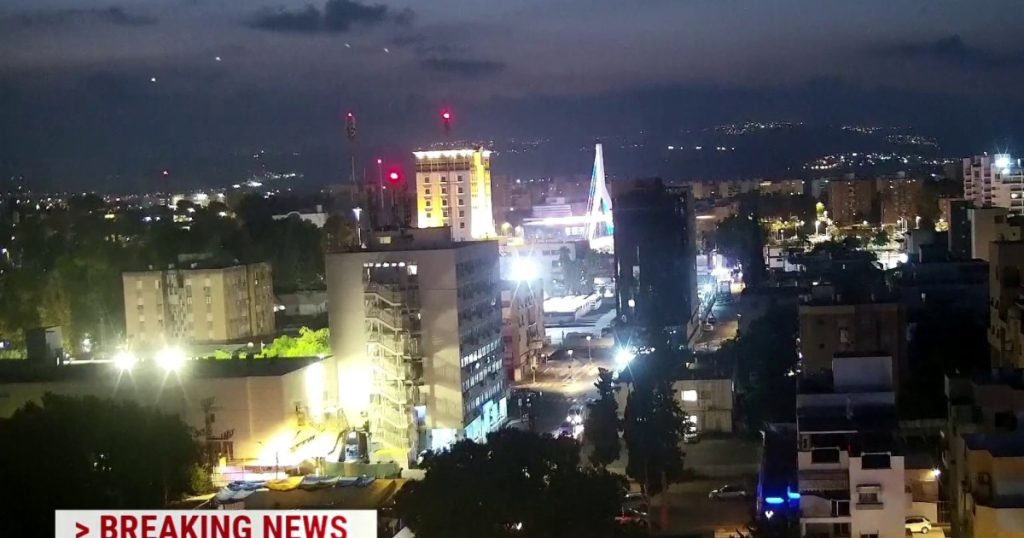A live shot of northern Israel shows the IDF intercepting rockets, moments after Israel launched preemptive strikes in southern Lebanon due to anticipation of an attack from Hezbollah on August 25, 2024. The video captures the tension in the region as rockets are intercepted in Haifa. These events highlight the ongoing conflict in the Middle East and the ongoing threats faced by both Israel and its neighbors. The situation is volatile, with Israel preparing for potential retaliatory strikes from Iran and its proxies, escalating tensions in the region.
The video footage underscores the growing humanitarian crisis in Gaza as violence continues to escalate between Israel and Hamas. The Israeli government’s future plans for Gaza remain unclear, leaving the area in a state of uncertainty and instability. With increasing casualties and destruction, the situation is dire, and the international community is closely watching for a resolution to the conflict. The region faces an “untenable situation,” with no clear path forward as violence intensifies and civilian casualties mount.
As the conflict persists, efforts for a ceasefire are ongoing, but challenges remain in reaching a peaceful resolution. Mediators in the Middle East express optimism for a ceasefire despite the assassination of a Hamas leader and ongoing hostilities. Negotiations are described as “extremely difficult” as parties work to determine control of the Gaza border and prevent further bloodshed. The tensions are palpable, with the clouds of war hanging over the region, and the need for a ceasefire grows more urgent.
The ongoing violence and instability have led to a sense of fear and uncertainty among Israelis, with criticism directed at Prime Minister Netanyahu for his handling of the situation. Journalists and experts describe Israelis as “scared” and express concerns over Netanyahu’s perceived stubbornness in maintaining power. The situation is deemed as “dangerous” for the Middle East, with the potential for further escalation and widespread destruction. The need for leadership and diplomatic efforts to de-escalate the conflict is paramount for restoring peace and stability in the region.
The conflict in the Middle East has also garnered international attention, with political figures expressing their commitment to ending the war in Gaza. Prominent politicians like Biden and Harris are described as being deeply invested in the peace process and working towards a ceasefire. The involvement of the United States and other key stakeholders is crucial in facilitating negotiations and brokering a lasting peace agreement. The stakes are high, with the threat of further violence looming large, and the need for decisive action to prevent further loss of life and destruction.
In summary, the video footage captures the intensity and complexity of the conflict in the Middle East, particularly between Israel and its neighbors. The ongoing violence, humanitarian crisis, and uncertain future of Gaza underscore the urgent need for a ceasefire and peaceful resolution. The escalating tensions, fear among civilians, and diplomatic efforts to end the war highlight the significance of international intervention and leadership in addressing the root causes of the conflict and fostering stability in the region. It is a critical time for all parties involved to prioritize dialogue, cooperation, and diplomacy to prevent further bloodshed and pave the way for a sustainable peace agreement.


